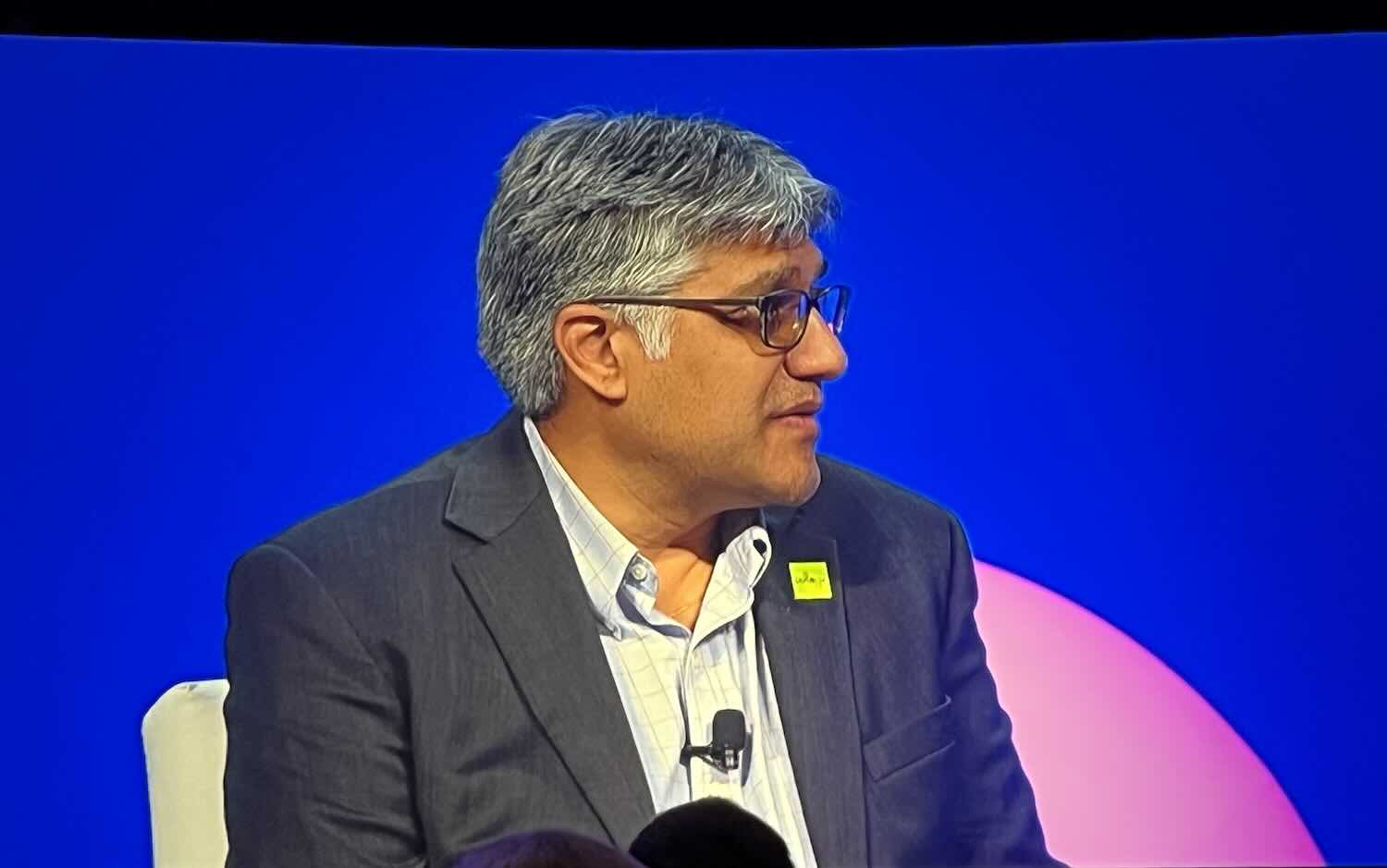Four years after Black Lives Matter catalyzed a wellspring of support for racial equity from American philanthropy, sustained funding (and political action) remain critically needed. For foundations that have made racial equity a greater focus, mission-related investments that use the often-untapped resources in endowments are a flexible tool to create impact on a much larger scale than grants alone.
Andrea Dobson of the Winthrop Rockefeller Foundation, who transformed her foundation’s endowment investing approach as chief operating and financial officer, spoke with Ian Fuller, a co-founder of Westfuller, a registered investment advisory firm in New York, about the topic. Their discussion explores how investing entire endowments through a racial equity lens has emerged as one way for foundations to live up to their commitments.
Fuller: “Lens investing” involves investing all of an institution’s assets according to certain criteria. How does this inform the Winthrop Rockefeller Foundation’s approach?
Dobson: When I began as chief operating and financial officer at The Winthrop Rockefeller Foundation, I had a vision for aligning our mission and financial investments by increasing capital access for low-wealth communities, identifying investment firms owned and/or led by women or people of color, and investing in venture strategies that provide capital to racially and ethnically diverse entrepreneurs and to women. At the time, WRF’s mission was to “make a difference in Arkansas” with strategic initiatives to increase prosperity and educational attainment, improve the nonprofit infrastructure, and strengthen communities. In 2018, the board reframed the mission to relentlessly pursue economic, educational, social, ethnic and racial equity, with strategic emphasis on education, movement building, thriving communities and Asset Limited, Income Constrained, Employed (ALICE) populations.
I am proud to say that today, the foundation’s endowment is now 80% aligned with mission. One example is our investment in Impact America Funds II and III, which build profitable and purposeful companies that uplift Black and Brown workers, families and small businesses across the US. Another example: our stake in the Illumen Funds to address systemic inequity by reducing racial and gender bias in investing.
A third is our investment in Trident America Fund I, a black-owned and diverse-led lower middle market buyout firm with a commitment to reducing wealth inequality by ensuring that more than 13% of value generated by the fund accrues to minority and underserved populations and communities.
Metis U.S. and international index funds are aligned with climate goals, and are African-American women-led. In the private investment space, our commitments range between $1 and $2 million per fund (although when additional funds are opened, depending on demand, we may go lower). With Metis, our investment in the U.S. Climate Aligned Index fund is currently $19 million; the Metis ex-U.S. Climate Aligned Index fund is $5.4 million.
The terminology of lens investing has brought about a shift in thinking in the sector. Seeing mission-aligned investing through a lens rather than as a carve-out has pushed trustees to be more ambitious in mobilizing all resources toward impact. It has also helped investors envision how values such as gender justice and racial equity can be integrated to access the full scope of a portfolio. The process entails exploring all holdings — including stocks, bonds, alternative assets, real estate, and private equity and hedge funds — and asking if these assets perpetuate or mitigate inequity.
Meanwhile, a cohort of investment advisors specialized in values-aligned investing have used this framing to push for new ways to mobilize capital for racial equity.
Moving toward a lens approach, while rewarding, is a time-consuming endeavor. It is a progressive effort by which the foundation regularly reviews and re-evaluates its entire investment portfolio to ensure alignment with racial equity goals, and, in partnership with its advisor, replaces firms and investments that do not meet our criteria.
Fuller: What are some common challenges to racial equity lens investing – and how can they be surmounted?
Dobson: First, there is a myth that social equity investing requires sacrificing returns. WRF’s portfolio is a mix of investments that prioritize deep impact over returns and top-quartile performers. Between 2015 and 2024, the Winthrop Rockefeller Foundation boosted its mission-aligned investments to 84% from 14%. The portfolio has exceeded its blended benchmark over three years while matching it over the five years.
There often exists real fear toward adopting values-aligned investment approaches, particularly among board members who want to be good stewards. Progress is impossible if they don’t understand the how and the what. Contrary to private institutions, for which fiduciary duty entails maximizing profit, the mandate of non-profit institutions is to ensure the alignment of financial assets for public interest and mission. Ultimately, the perception that mission-aligned investing is not fiduciary responsibility needs to be abandoned.
Fuller: What did you learn from your work in steering the Winthrop Rockefeller Foundation toward mission-aligned endowments for social equity?
Dobson: Having the right advisor who works in partnership with the foundation to align its endowment with impact is non-negotiable. Foundations embarking on this journey should ensure that these advisors are deeply committed to racial equity and have the necessary infrastructure and support within their organizations to implement mission-aligned investing strategies. Advisors should bring humility, willingness to be coached, and a deep understanding of the foundation’s mission and priorities.
The right advisor has invested in growing its own capacity for racial equity investing. That includes having an existing pipeline of firms led by people of color, employing people of color, having existing metrics, and more. They need to have a team that specializes in mission-aligned investing. We now assess potential investment firms based on their ownership, management and employee diversity. We look for firms with at least one-third of people of color in their staff and leadership. Anything less is tokenism.
Fuller: How can foundations start their journey toward racial equity lens investing?
Dobson: The board, the investment committee and other key stakeholders must be fully bought in. At WRF, our investment team accompanies our Board to site visits where they interact directly with communities impacted by the foundation’s investments. This in-person engagement helps us align on values and gives us a crucial shared understanding of what we’re trying to accomplish, together. When it comes to internal buy-in, taking stock of existing program strategies is equally important, as these strategies will be the driving force propelling a foundation toward its ultimate philosophy in aligning endowment with mission.
Moreover, the codification of process and philosophy in the Investment Policy Statement is important. Including racial equity goals and criteria in this statement provides a clear framework for evaluating potential investments and advisors.
Ultimately, there is no one-size-fits-all approach, and foundations should explore the full range of ways they can invest through a racial equity lens. For instance, in addition to choosing what to invest in, foundations can engage in active ownership by instructing advisors to support shareholder resolutions on racial equity issues. This can include requiring corporate board diversity or civil rights and racial equity audits.
Ian Fuller is a co-founder of Westfuller, a registered investment advisory firm in New York. Andrea Dobson is Chief Operating and Financial Officer of the Winthrop Rockefeller Foundation.












